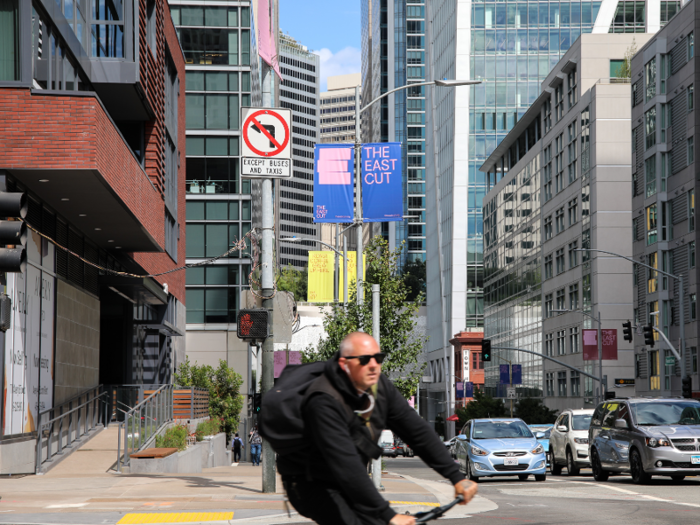- Home
- slideshows
- miscellaneous
- San Francisco's fastest-growing neighborhood didn't even exist two years ago. Now it's filled with gleaming glass towers, and the average rent is almost $5,000 per month.
San Francisco's fastest-growing neighborhood didn't even exist two years ago. Now it's filled with gleaming glass towers, and the average rent is almost $5,000 per month.
It's no question that San Francisco is a quickly-evolving city. The area's neighborhoods, both old and new, are constantly transforming as the region's tech market continues to boom.

But one neighborhood on the eastern side of the city is in its infancy — it didn't even exist until two years ago — and it's growing at lightning speed.
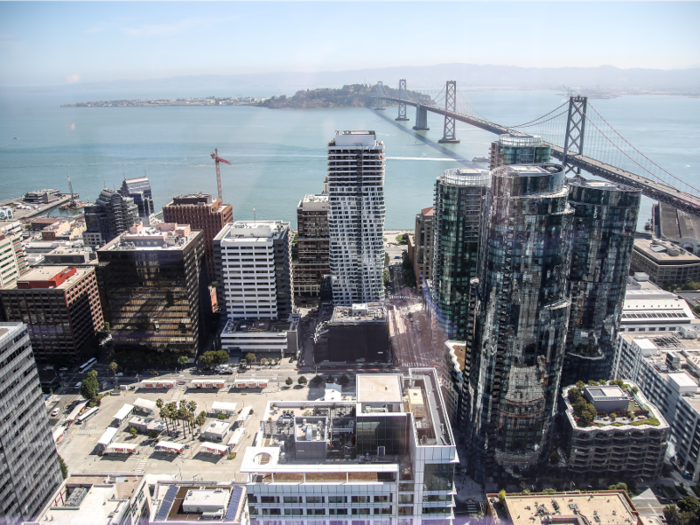
Source: The San Francisco Chronicle
In recent years, luxury high-rises and big tech offices have ushered thousands of people into parts of Rincon Hill, South Beach, and SoMa (South of Market), just south of the Financial District.
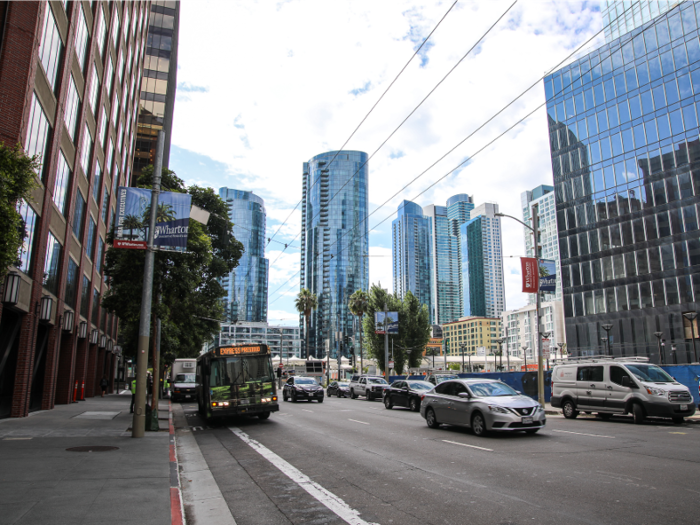
Source: Business Insider and CBS SF BayArea
To distinguish this booming area from the smorgasbord of San Francisco's other 89 residential locales, a local neighborhood association rebranded it as the "East Cut" neighborhood in 2017.
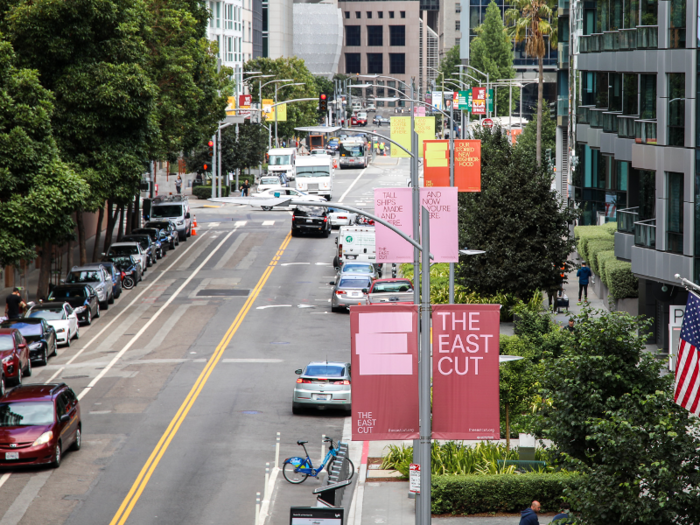
Source: Business Insider
The group, called the East Cut Community Benefit District (CBD,) pooled a reported $70,000 from taxes on the neighborhood's property owners for the rebranding.
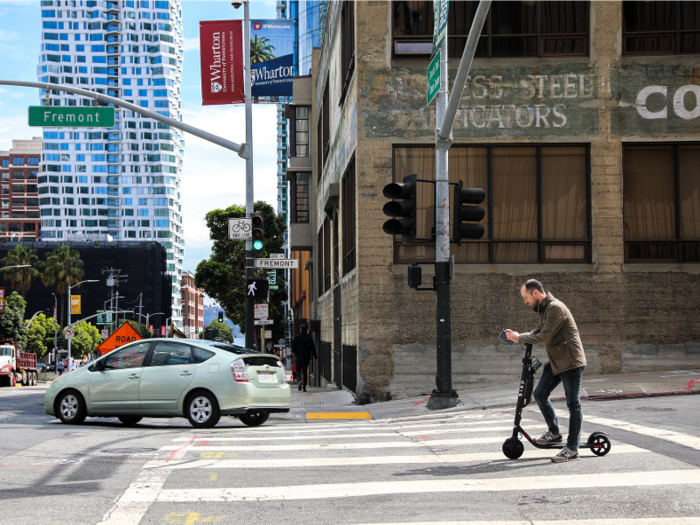
Source: Business Insider
It's on the smaller size — it only consists of 20 blocks.

But this is a part of town housing some of the city's — and the country's — largest tech companies, including Salesforce, Google, and Facebook.
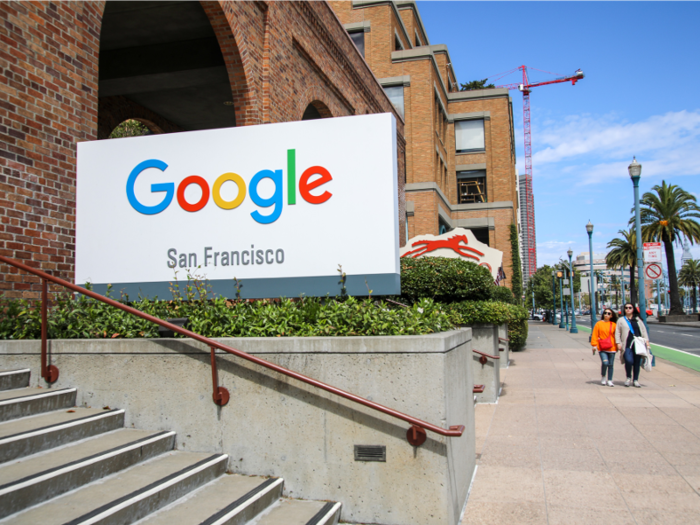
The city's $2.2 billion Salesforce Transit Center also runs along one edge of the neighborhood. The transit hub was designed to be a central nexus for local transportation.
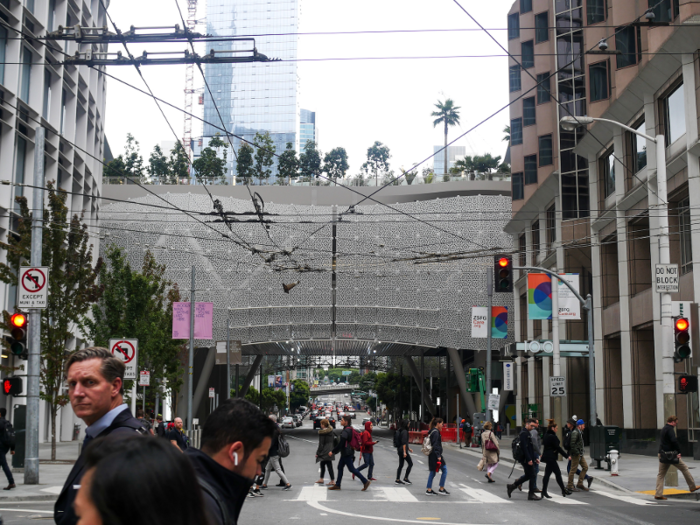
San Francisco is notorious for its stringent zoning restrictions, but the "East Cut" falls into District 6, a district that has seen 60% of the city's housing development in the last decade.
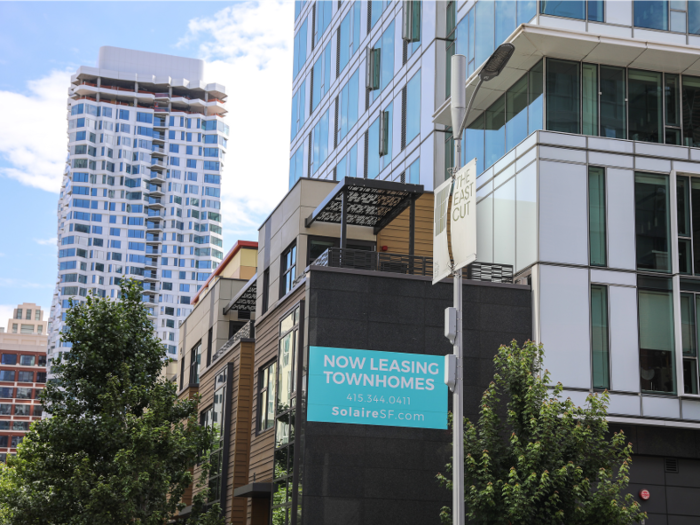
Source: The San Francisco Chronicle
So a slew of new, shiny, glitzy glass skyscrapers housing pricey luxury condos has been permitted to shoot up in recent years, turning the neighborhood into a hot destination for the city's wealthy.
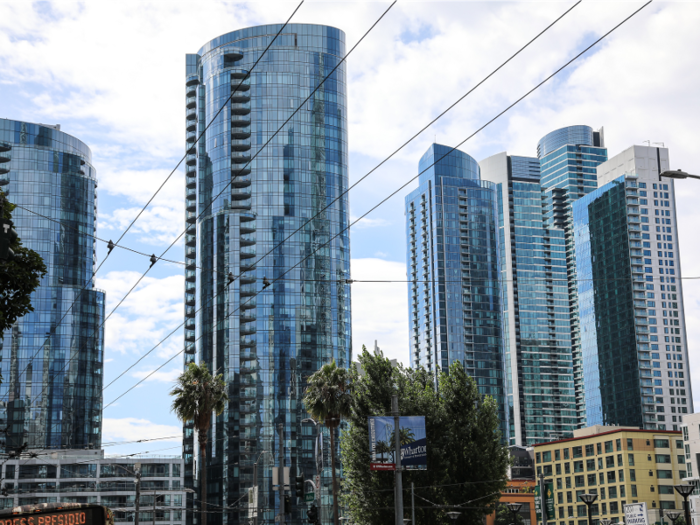
There are the multi-million-dollar residences at 181 Fremont, along with its five-bedroom $42 million penthouse.
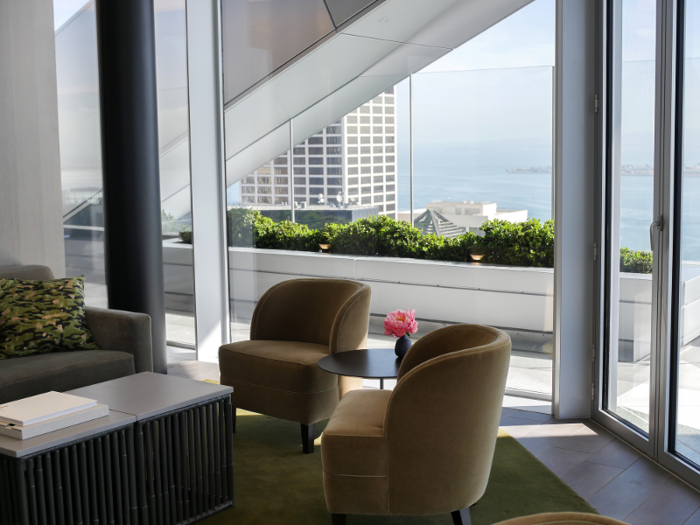
And the newly-opened Avery high-rise also offers multi-million-dollar condos, including a $16 million penthouse and a top-floor $41 million unit.
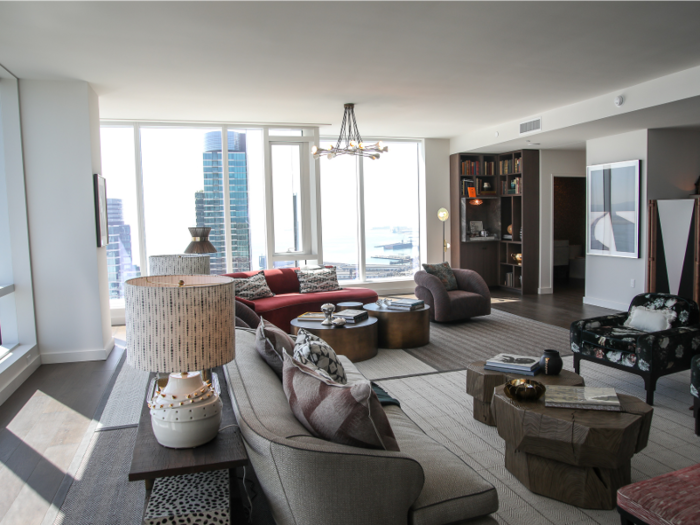
The towering high-rises are a trademark of this part of town. So are the posters hanging on every block in the East Cut proudly displaying the 'hood's new moniker.
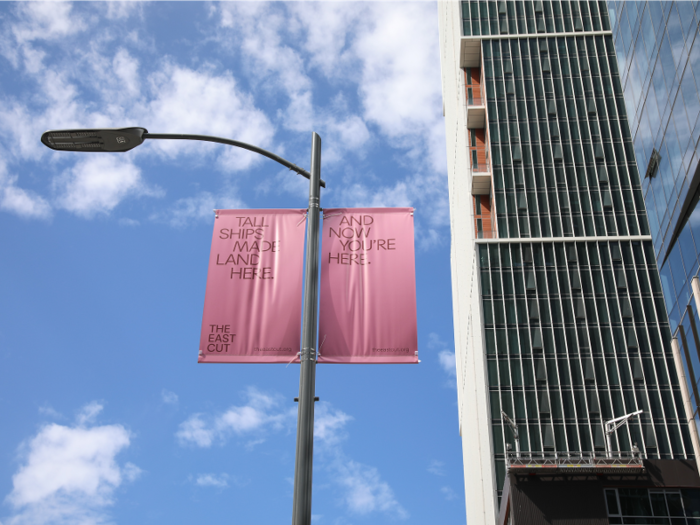
Many San Franciscans who have been accustomed to calling the area Rincon Hill, South Beach, or SoMa have had a hard time adopting or even recognizing the name "East Cut."
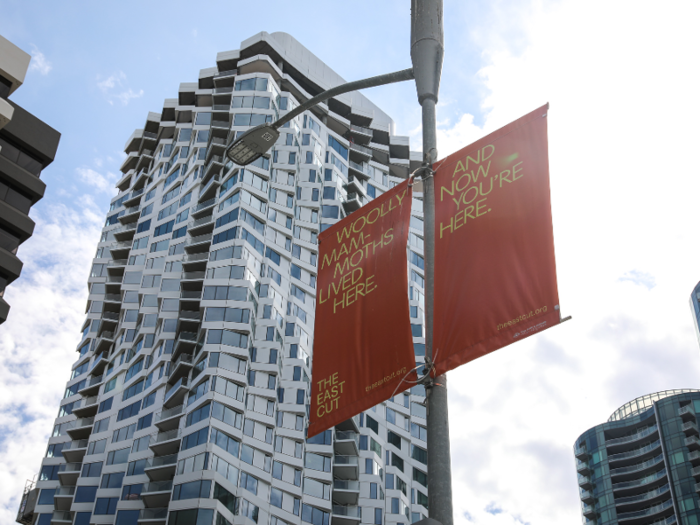
Source: Fast Company and San Francisco Chronicle and San Francisco Chronicle
"That name is baloney," Valen West, the owner of the historic century-old Fly Trap restaurant that sits right outside the East Cut, told the San Francisco Chronicle. "This is really SoMa."
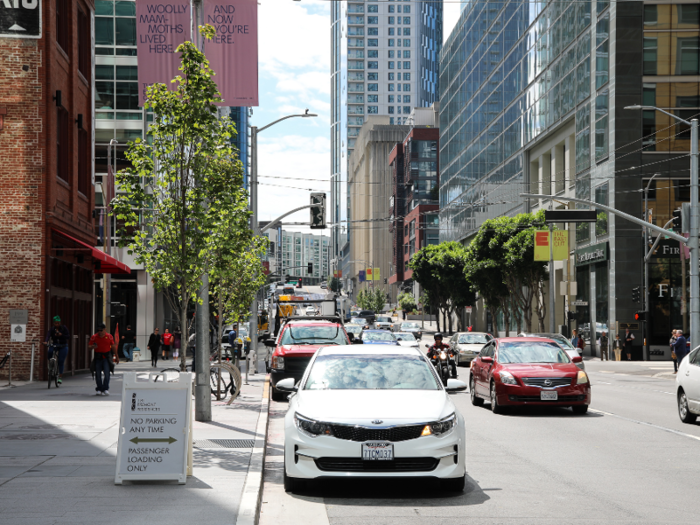
Source: The San Francisco Chronicle
And resident Gloria Li told Fast Company that the East Cut sounds like the name of the Meatpacking District in New York. "It has this weird industrial feel to it," she said.
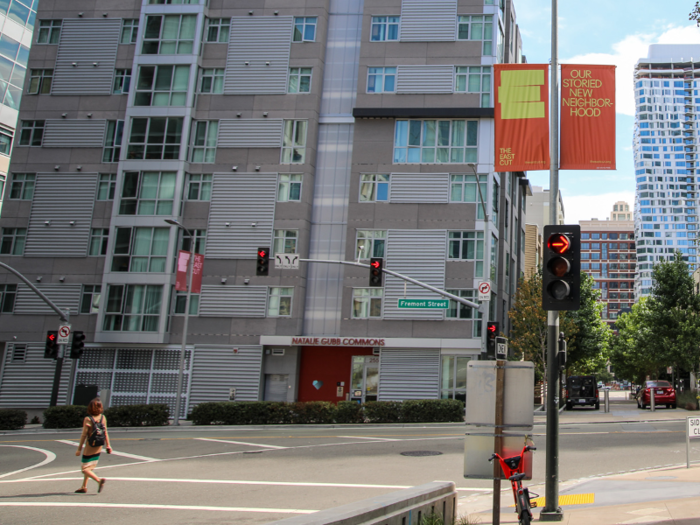
Source: Fast Company
But these new, brightly-colored posters brandishing the neighborhood's sexy new name abound in the area. Some read "Gold Rushers Settled Here," which is true actually.

Source: The East Cut
Before 1869, San Francisco folks made wealthy by the Gold Rush turned Rincon Hill into one of the city's most elite neighborhoods, perching their mansions upon and around the hilltop.
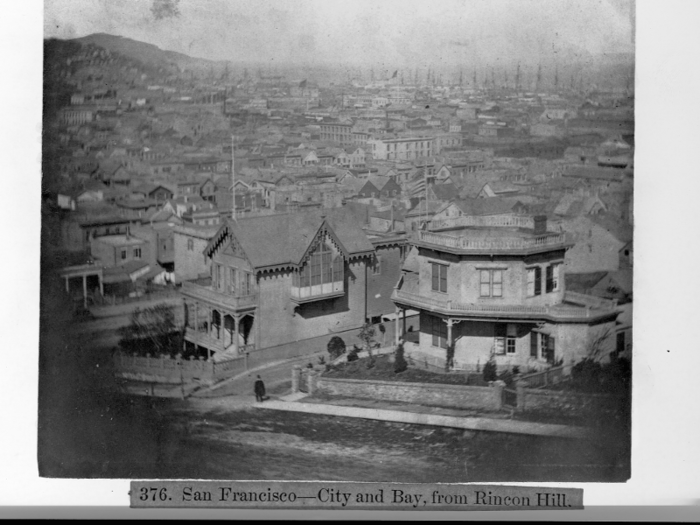
Source: The East Cut
But in 1869, the city decided to more easily transport goods from loading docks located in what is now South Beach to downtown by carving out Rincon Hill along Second Street, which forms the eastern edge of what is now the East Cut neighborhood.
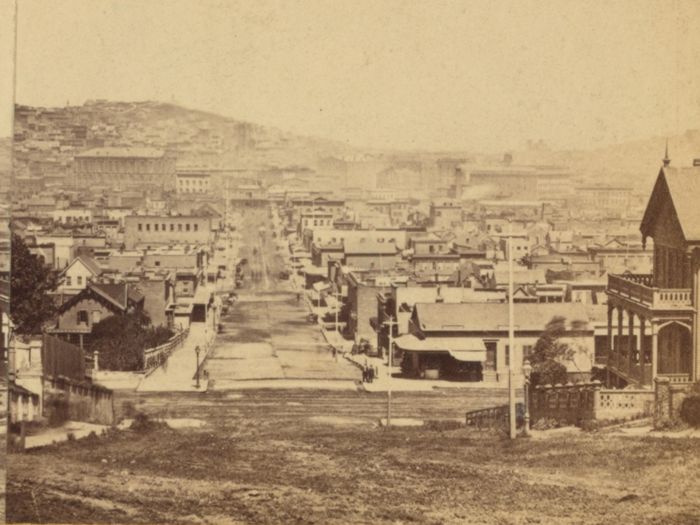
Source: The East Cut
It's this cut down Second Street that the neighborhood was named after.
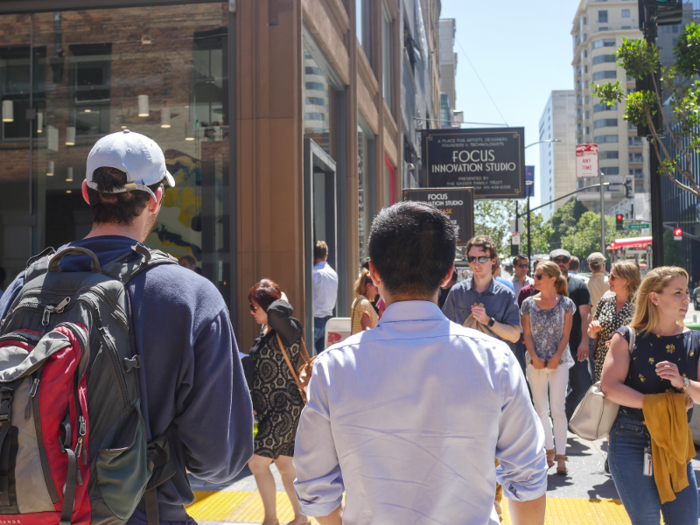
After the 1869 cut, the wealthy packed up and set off for other A-list neighborhoods like Russian and Nob Hills, leaving Rincon Hill to wither.
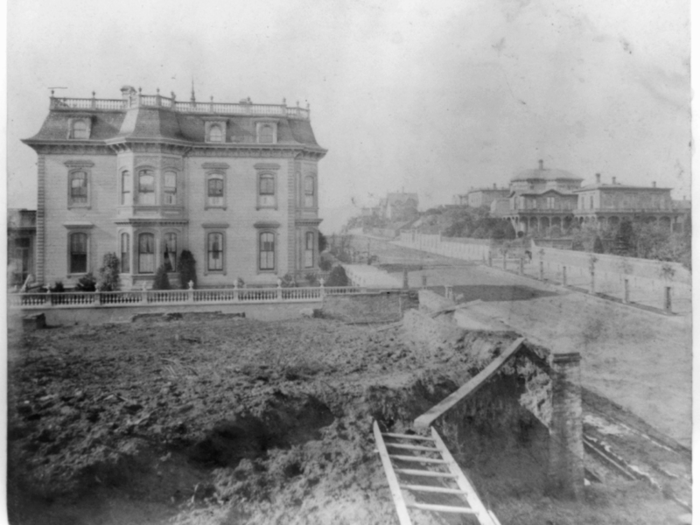
Source: The East Cut
Throw in the damage from the 1906 earthquake, and the area didn't have much going for it except for industrial buildings and warehouses.
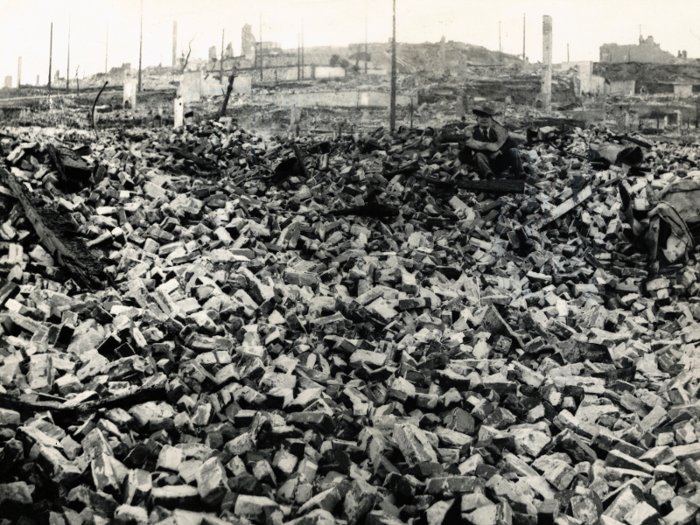
Source: The East Cut and Fast Company
But eventually, the long-neglected neighborhood caught the eye of city planners in the late 1980s as a shining prospect for development.
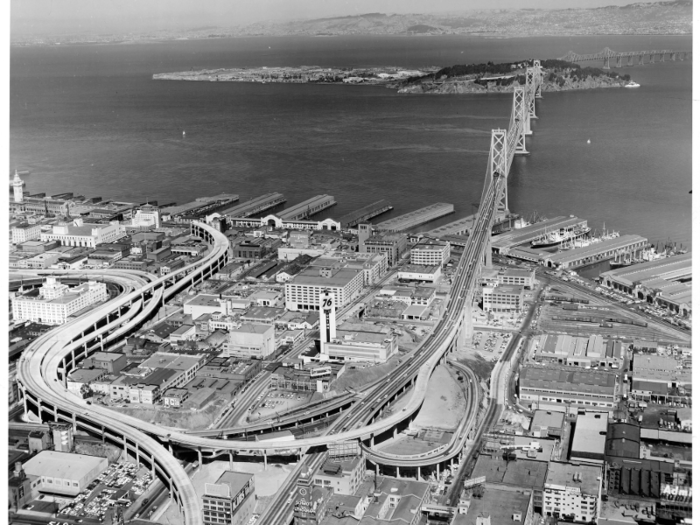
Source: The East Cut
And now after a few decades, the area has blossomed into the bustling tech-centric East Cut neighborhood we know today — and it doesn't look like it's slowing down.
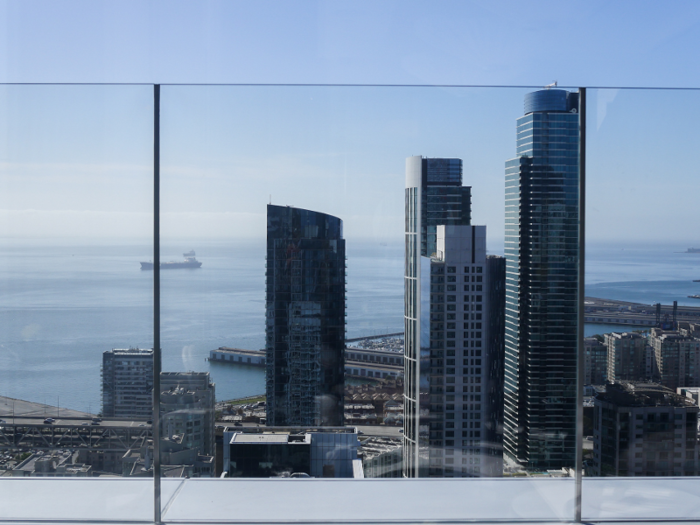
Signs of construction are as ubiquitous as the glossy high-rises that the East Cut neighborhood is known for.

One of the more recently-built projects is Park Tower, a 43-story office building at 250 Howard leased in its entirety by Facebook. The social media juggernaut is also the sole commercial tenant of the 181 Fremont mixed-use tower.
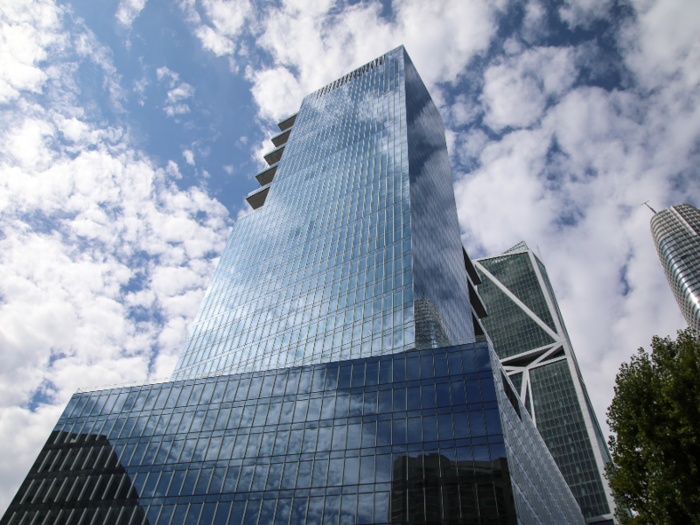
Source: SF Curbed and Business Insider
Though you'll find some buildings reminiscent of the area's industrial past, like a red brick building that used to house the Marine Electric Company.
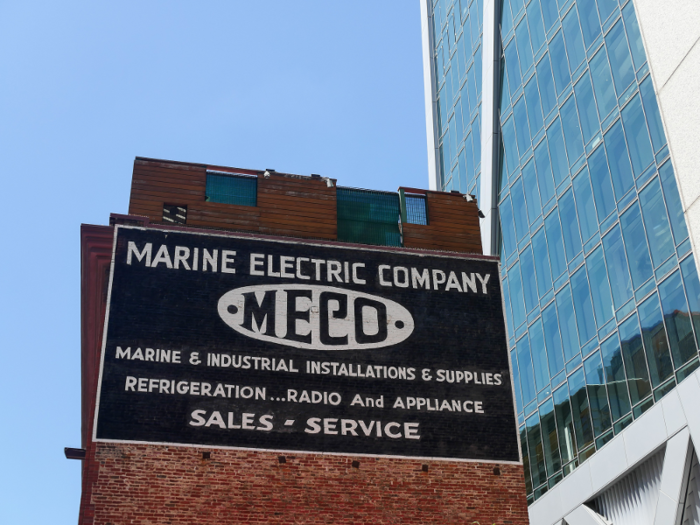
It's now a trendy, upscale restaurant, with the next door 181 Fremont high-rise towering over it.
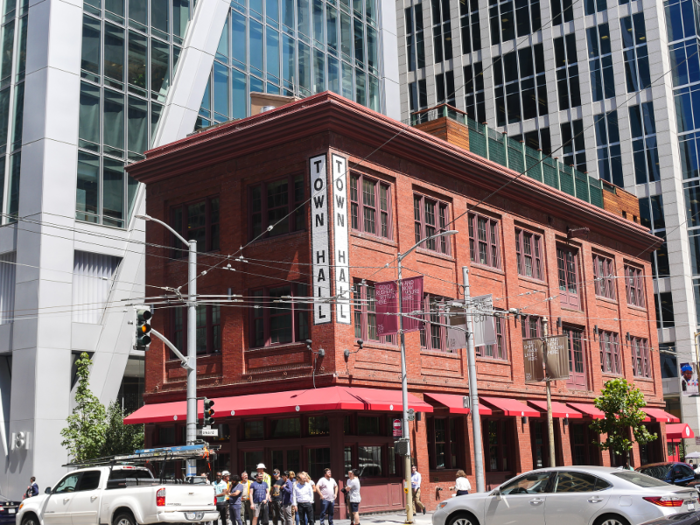
And plenty of other projects look to be in progress with a simple jaunt through the neighborhood.
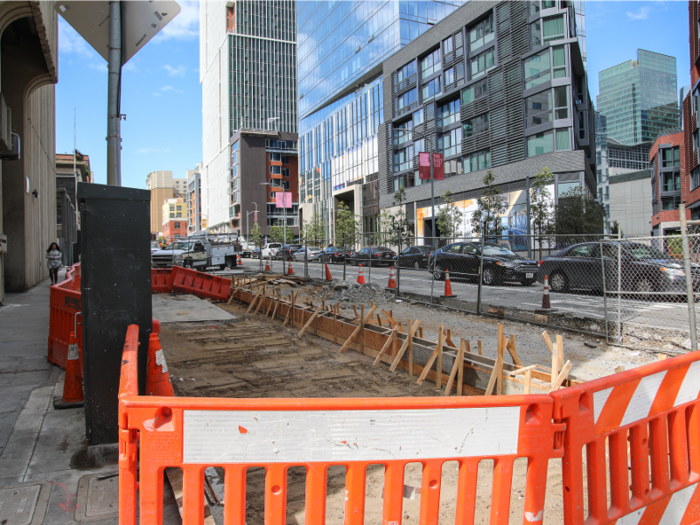
The neighborhood is known for being relatively quiet outside of work hours, but you'll be met with hordes of tech workers if you step inside the 20-block 'hood around lunchtime.
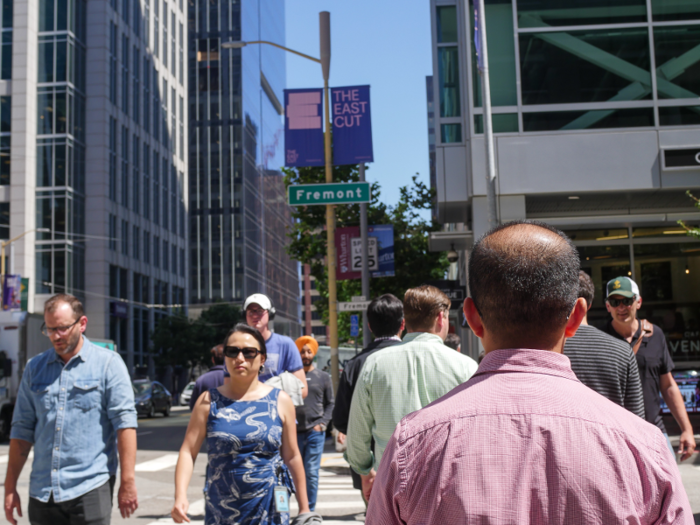
There's a wide variety of restaurants, ranging from fast-casual to high-dollar, easily-accessible for employees on the hunt for a bite to eat.
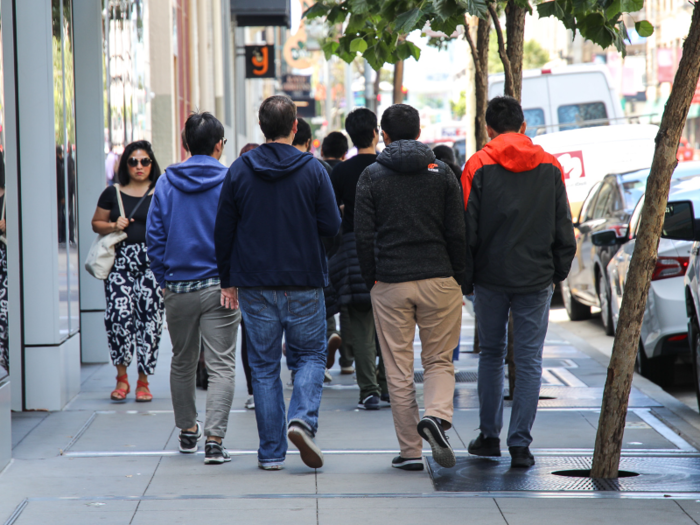
Once Facebook's Park Tower opens, hundreds more will likely add to the lunchtime swarm.
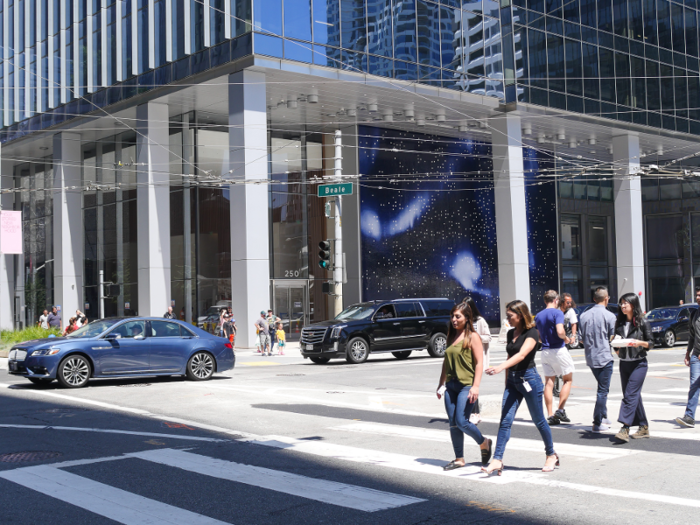
As much of a five-star neighborhood as the East Cut is touted as, it's not without its problems.
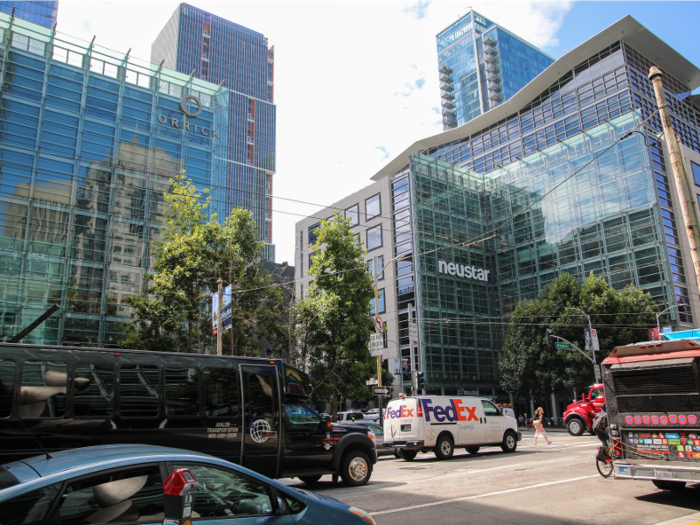
For one, traffic throughout the area can be a headache — just like it can be throughout the rest of the city — but it's especially nightmarish at rush hour. The Bay Bridge's off-ramps spit cars out right into the heart of the East Cut.
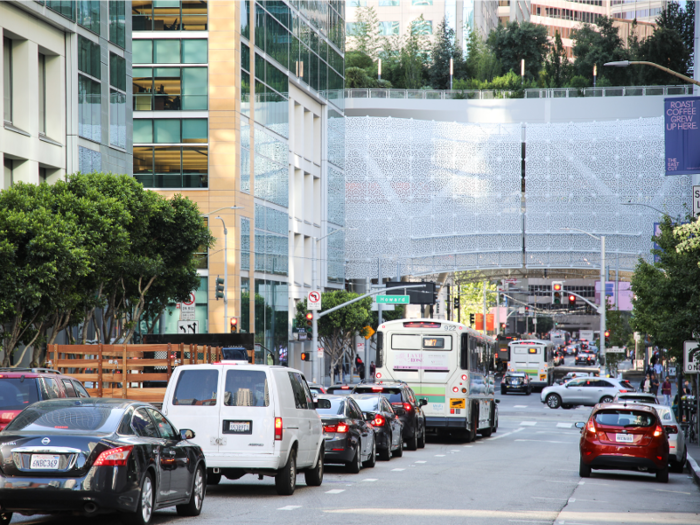
The four-lane roads are wide to accommodate the freeway exit — they weren't designed to cater to people living there. So navigating the intersections as a pedestrian can be daunting and less than efficient.

Source: Fast Company
Another issue is the neighborhood's lack of affordability. The East Cut neighborhood was ranked among the 10 most expensive zip codes for renters in the US, according to a 2018 Rent Cafe report.

Source: Rent Cafe
Most of the new housing complexes that have been built are luxury units, even though some units in each development project are classified as affordable.
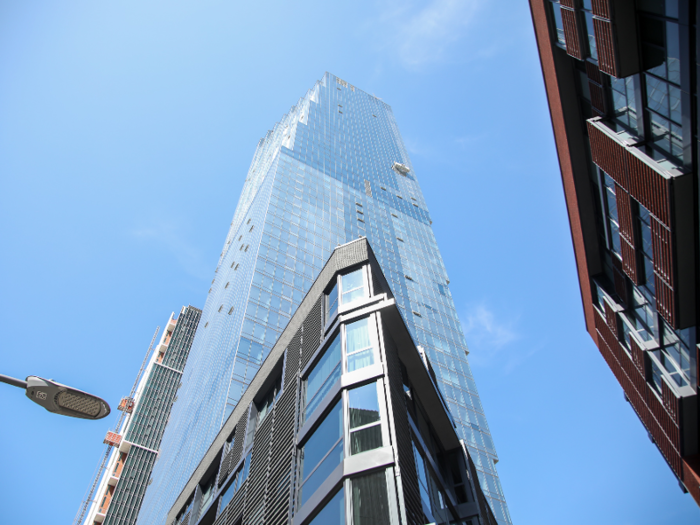
Source: The San Francisco Chronicle
So the majority of residents moving into the East Cut are those that can afford multi-million-dollar condos or the average monthly rent of $4,666.
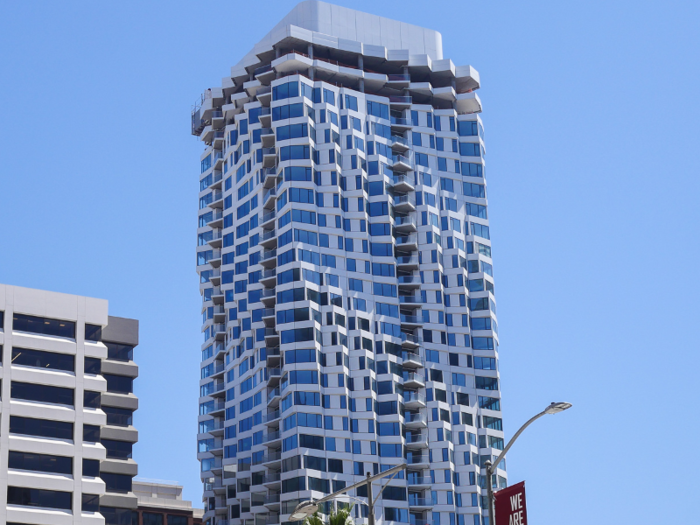
Source: Rent Cafe
Retail spaces have responded in kind to the area's wealthy residents. The only grocery store in the neighborhood is Woodlands Market, an upscale, pricey spot that opened in 2017.
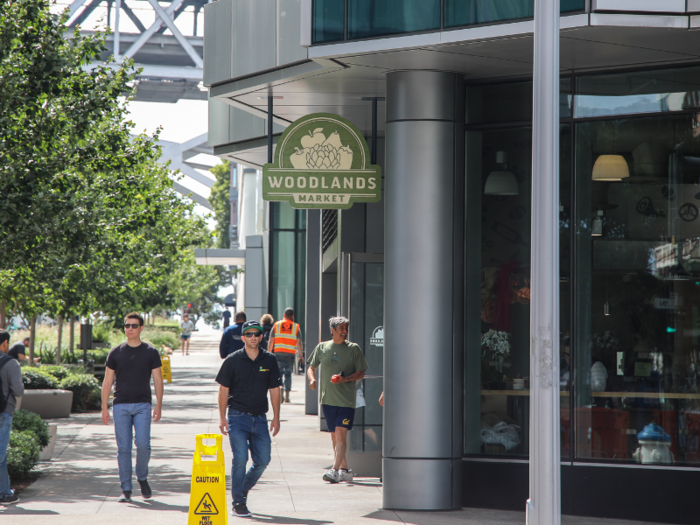
Source: The San Francisco Chronicle
You also won't find a school in the East Cut, which could lead to residents packing up and leaving for more family-friendly locales.
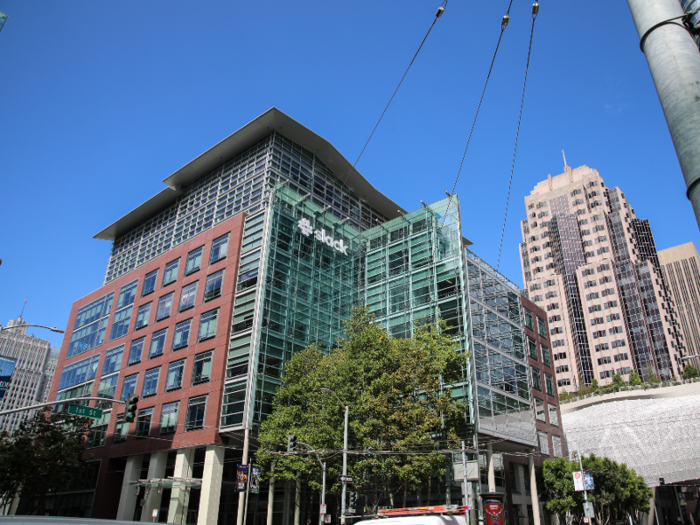
Source: Fast Company
Something else that you won't see much of is the city's homeless population. Thanks to the neighborhood's medley of luxury apartment buildings, there's high-end security monitoring the areas around the entrances to these high-rises.
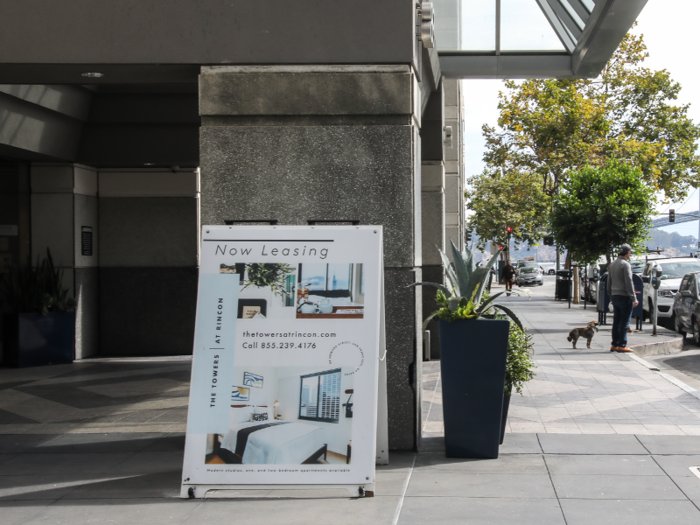
Source: Fast Company
Growth in and around the neighborhood, as scores of new construction projects have broken ground, has also contributed to homeless people clearing the area.
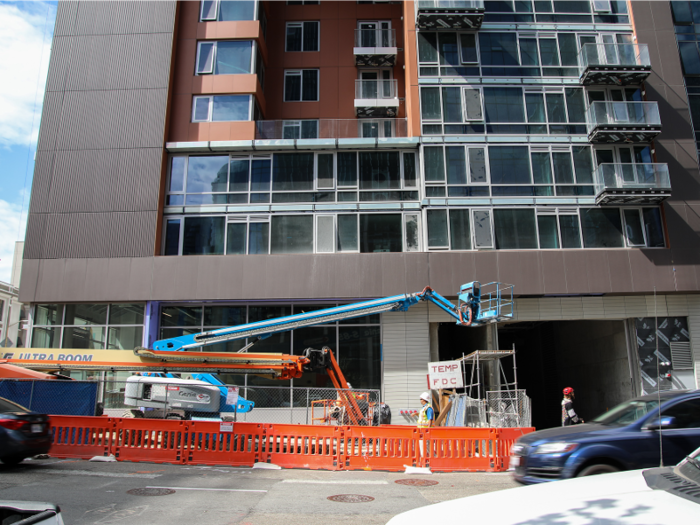
Source: Fast Company
And members of the East Cut CBD also help patrol the streets. The East Cut website states that the organization has addressed 3,702 calls for homeless welfare checks and outreach assistance over the course of the first half of 2019.
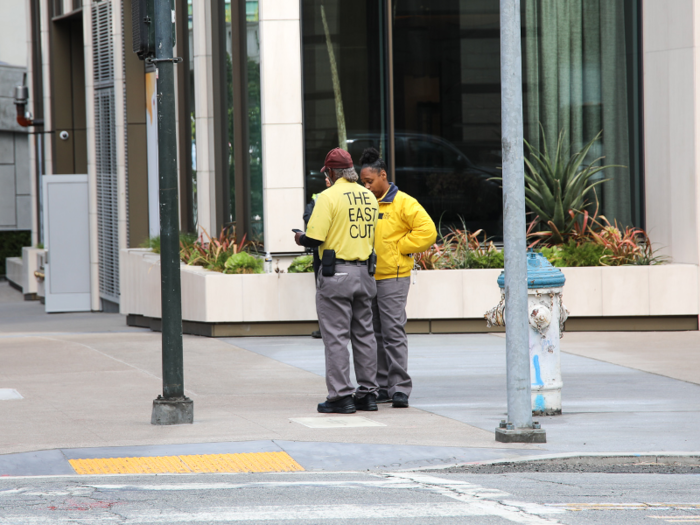
Source: The East Cut
But a 2018 study from UC Berkeley shows how California CBDs (there are 16 in San Francisco) actually amplify anti-homeless rhetoric by supporting policies that "exclude or drive out homeless people" with taxpayer money, Fast Company reports.
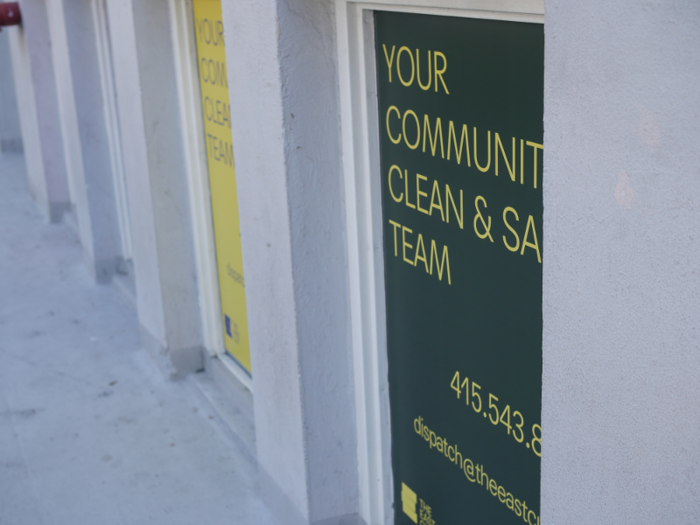
Source: Fast Company, Berkeley Law
Other duties performed by East Cut CBD members include responding to reports from residents of overflowing trash bins or graffiti marks. According to the organization's website, members have removed 134,250 pounds of garbage from the neighborhood's public spaces in the first half of 2019.

Source: East Cut
"I'm so glad that if I see an overflowing trash can, I can report it and it's topped off and cleaned up within an hour," East Cut resident Katy Liddell told Fast Company.
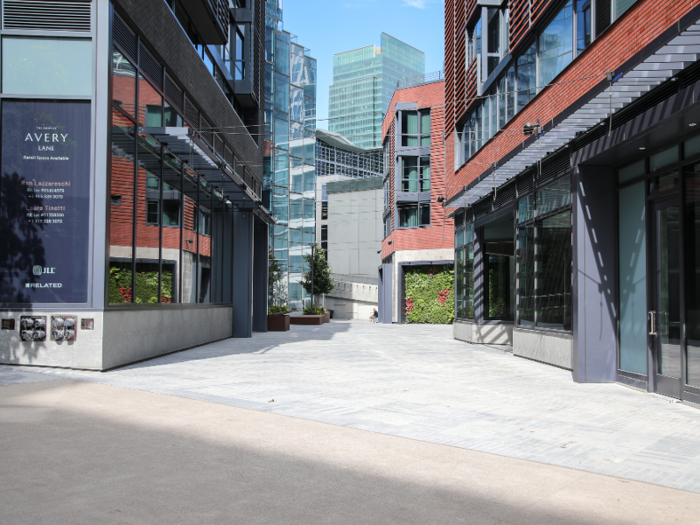
Source: Fast Company
But as Fast Company reports, East Cut residents have the luxury of services provided by the East Cut CBD, on top of what the city of San Francisco provides, because they can afford to live in the area.

Source: Fast Company
So that means the East Cut neighborhood ecosystem — with its luxury towers and wealthy residents, premium neighborhood service organization, and throngs of high-earning techies — is indicative of why the city of San Francisco is more broadly experiencing a crushing wealth divide.
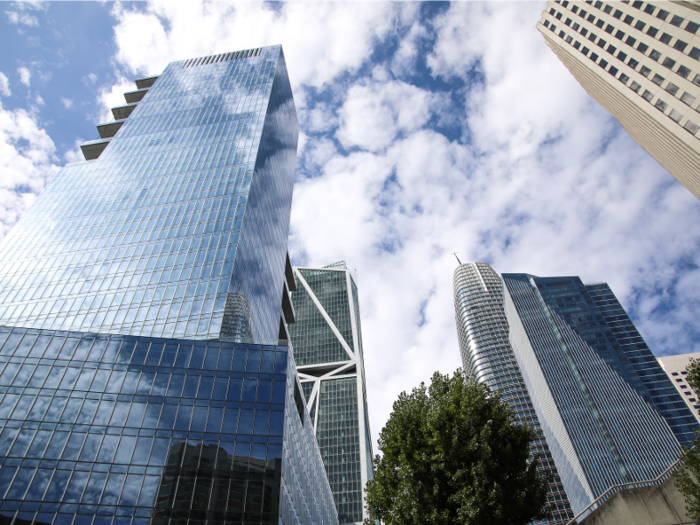
Source: Fast Company
Popular Right Now
Popular Keywords
Advertisement
